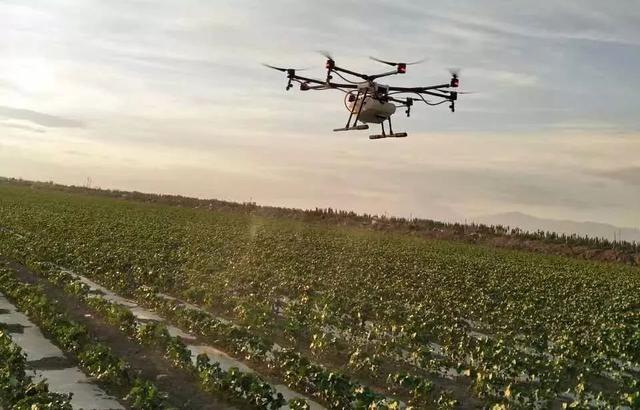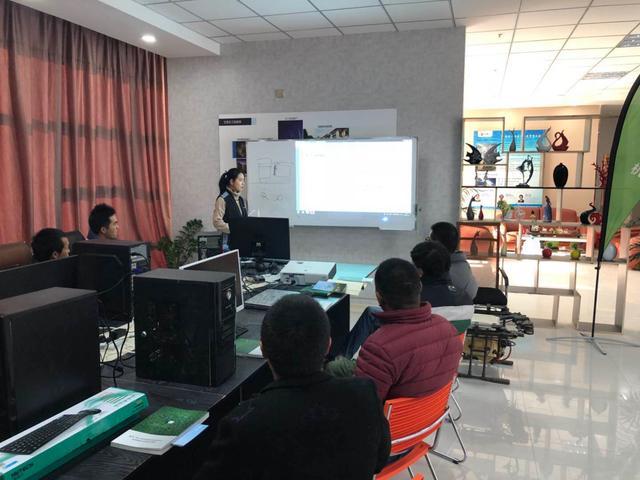
From May to October every year, 26-year-old Rong Mengya will receive hundreds of calls from cotton farmers in northwest China’s Xinjiang Uyghur Autonomous Region, asking her team to protect their crops from weeds and pests.
The girl who has studied in UK has a team of 10 people flying six plant protection drones. The team has finished protection of nearly 150,000 mu, or 10,000 hectares of cotton fields since its establishment.
New technologies such as the use of drones, are replacing labor force to plant crops in her hometown in Hami.
Rong’s parents grow 4,000 mu of cotton, and during the harvest season, they had to spend four million yuan to hire 400 workers to pick up cotton, making the business less lucrative.

They were the first to use machines to replace human workers. A machine could finish the same amount of work that human workers have to spend two months on, and it costs only 200 yuan, which is much less than human labor.
Rong first knew about plant protection drones at an agricultural machinery fair in 2015. Before that, she used tractors to protect crops. In 2016, Rong bought her first drone and started to use it on cotton protection.

Cotton fields have to be taken care of for at least 6 times in a year. At the beginning, Rong used the drone to test on her family’s cotton fields. Pesticides sprayed by drones turned out to be more effective than by tractors.
In addition to the high efficacy, a drone uses 100 kilograms of water to protect each mu of cotton field, but a tractor uses 500 kilograms. The advantage is especially important in Xinjiang, a region with scare water resources.
The advantages of drones attracted more cotton growers and brought more orders to Rong. In June 2016, Rong bought the second drone, and by September, she had 4 drones. By the end of that year, they earned the money that could buy four drones and a pickup truck.

Rong says Xinjiang has a great market potential for plant protection drones. Last year, the total coverage of cotton fields in Xinjiang was 28.96 million mu, the protection of which could generate one billion yuan by using drones.
Rong now runs a shop to sell plant protection drones in her hometown. In 2017, they sold 30 drones. She has also become an instructor, teaching more people how to better fly drones.



